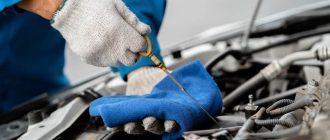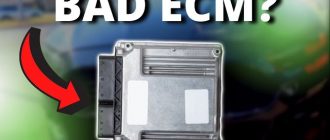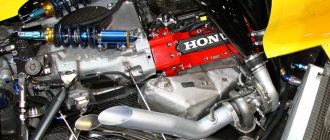What Does a Car Engine Do?
A car engine is a complex machine that converts the chemical energy in gasoline into mechanical energy that can be used to propel a vehicle. The engine is made up of many different parts, each of which plays a vital role in the overall operation of the engine.
The Four-Stroke Cycle
The four-stroke cycle is the basic operating principle of most car engines. The four strokes are intake, compression, power, and exhaust.
- Intake stroke: The intake valve opens and the piston moves down the cylinder, drawing in a mixture of air and fuel.
- Compression stroke: The intake valve closes and the piston moves up the cylinder, compressing the air-fuel mixture.
- Power stroke: The spark plug ignites the air-fuel mixture, causing it to burn and expand. The expanding gases push the piston down the cylinder, generating power.
- Exhaust stroke: The exhaust valve opens and the piston moves up the cylinder, pushing the exhaust gases out of the engine.
The Major Components of a Car Engine
The major components of a car engine include:
- Cylinder block: The cylinder block is the main structural component of the engine. It contains the cylinders, which are the chambers in which the pistons move.
- Cylinder head: The cylinder head is mounted on top of the cylinder block and contains the combustion chambers, valves, and spark plugs.
- Pistons: The pistons are cylindrical-shaped components that move up and down inside the cylinders. They are connected to the crankshaft by connecting rods.
- Crankshaft: The crankshaft is a rotating shaft that converts the reciprocating motion of the pistons into rotary motion.
- Camshaft: The camshaft is a shaft that controls the opening and closing of the valves.
- Valve train: The valve train is the system of components that opens and closes the valves.
- Oil pump: The oil pump circulates oil throughout the engine to lubricate the moving parts.
- Water pump: The water pump circulates coolant through the engine to keep it cool.
How a Car Engine Works
The following is a simplified overview of how a car engine works:
- The intake valve opens and the piston moves down the cylinder, drawing in a mixture of air and fuel.
- The intake valve closes and the piston moves up the cylinder, compressing the air-fuel mixture.
- The spark plug ignites the air-fuel mixture, causing it to burn and expand. The expanding gases push the piston down the cylinder, generating power.
- The exhaust valve opens and the piston moves up the cylinder, pushing the exhaust gases out of the engine.
- The crankshaft converts the reciprocating motion of the pistons into rotary motion, which is used to drive the wheels of the vehicle.
Conclusion
The car engine is a complex and efficient machine that converts the chemical energy in gasoline into mechanical energy that can be used to propel a vehicle. The engine is made up of many different parts, each of which plays a vital role in the overall operation of the engine.




